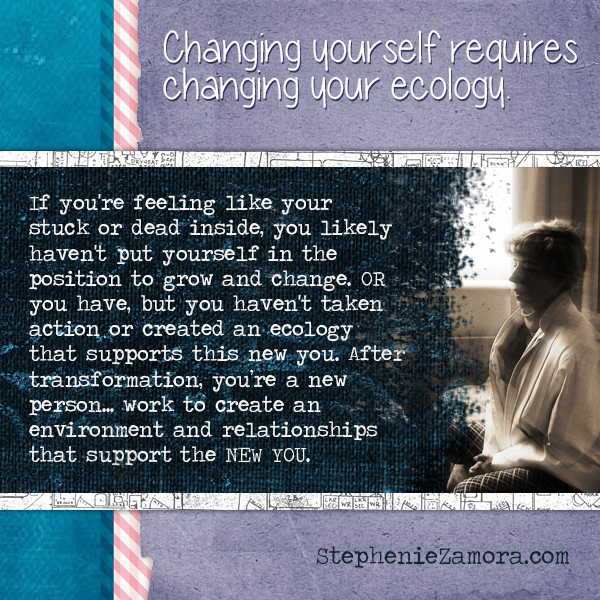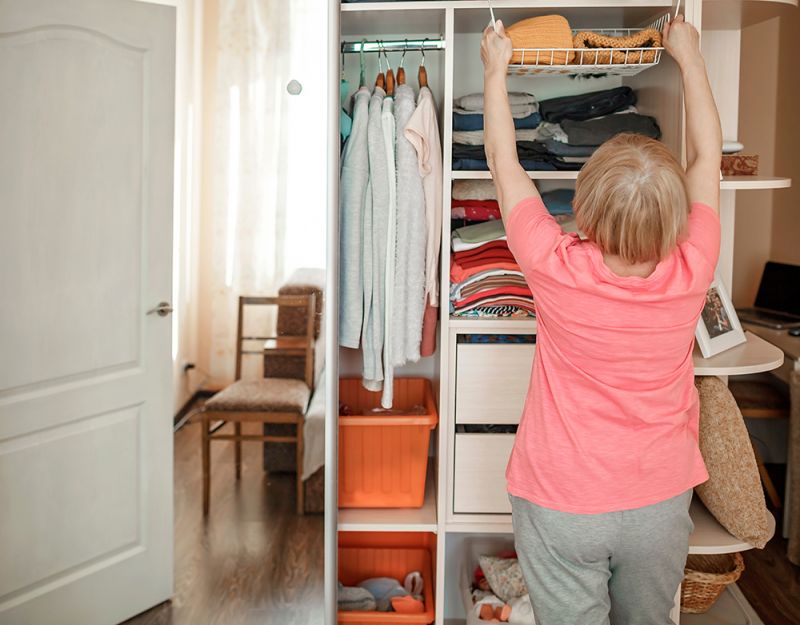Downsizing and Organizing
by Admin
Posted on 01-07-2025 06:05 AM

Benefits of Downsizing
Downsizing can have numerous benefits, including reduced stress, increased financial savings, and a greater sense of freedom and flexibility. When we surround ourselves with too many possessions, it can lead to feelings of clutter and chaos, making it difficult to focus and relax. By downsizing, individuals can eliminate unnecessary items, reduce clutter, and create a more peaceful living environment. Additionally, downsizing can help individuals save money by reducing the need for large storage spaces, minimizing waste, and avoiding unnecessary purchases.
Strategies for Downsizing
Downsizing requires a thoughtful and intentional approach. It's essential to start by identifying the reasons for downsizing and setting clear goals. This may involve considering factors such as lifestyle, budget, and personal values. Once goals are established, individuals can begin the process of sorting and purging possessions. This can be a challenging task, but it's essential to be ruthless and honest about what is truly needed and what can be let go of. Some effective strategies for downsizing include:
Sorting and Purging
Sorting and purging possessions is a critical step in the downsizing process. This involves categorizing items into three piles: keep, donate/sell, and discard. It's essential to be honest and realistic about each item, considering factors such as frequency of use, sentimental value, and practicality. Items that are broken, damaged, or no longer serve a purpose should be discarded, while items that are still in good condition but no longer needed can be donated or sold.
Letting Go of Sentimental Items
Letting go of sentimental items can be a challenging aspect of downsizing. However, it's essential to remember that the memories and emotions attached to these items are what's truly important, not the physical objects themselves. Consider taking photos of sentimental items or creating a digital archive to preserve memories without having to keep the physical objects. Additionally, consider passing sentimental items down to family members or friends who may appreciate them more.
Organizing Systems
Once the Downsizing and Organizing process is complete, it's essential to establish organizing systems to maintain a clutter-free and efficient living and working environment. This may involve investing in storage solutions, such as shelves, bins, and baskets, and implementing habits such as regular cleaning and maintenance. Some effective organizing systems include:
Creating a "Home" for Each Item
Creating a "home" for each item is a simple yet effective organizing strategy. This involves designating a specific place for each item, making it easy to find and put away. This can be achieved by using labels, signs, and storage solutions to create a clear and intuitive system.
Implementing Habits and Routines
Implementing habits and routines is essential for maintaining an organized living and working environment. This may involve setting aside time each day or week to tidy up, clean, and maintain organization systems. Additionally, consider implementing habits such as putting away items after use, avoiding clutter, and regularly reviewing and adjusting organization systems.
Maintaining Organization
Maintaining organization requires ongoing effort and commitment. It's essential to regularly review and adjust organization systems, making sure they continue to meet changing needs and circumstances. Additionally, consider implementing strategies such as:
Regular Reviews and Adjustments
Regular reviews and adjustments are essential for maintaining organization systems. This involves regularly reviewing organization systems, identifying areas for improvement, and making adjustments as needed.
Avoiding Clutter
Avoiding clutter is a critical aspect of maintaining organization. This involves being mindful of new purchases, avoiding impulse buys, and regularly decluttering and purging unnecessary items.
Common Challenges
Downsizing and organizing can be challenging, especially for those who are attached to their possessions or struggle with decision-making. Some common challenges include:
Emotional Attachment
Emotional attachment to possessions can be a significant challenge when downsizing. It's essential to remember that the memories and emotions attached to possessions are what's truly important, not the physical objects themselves.
Decision Fatigue
Decision fatigue can be a significant challenge when downsizing, especially when faced with a large number of possessions. It's essential to take breaks, seek support, and prioritize self-care to avoid burnout.
Conclusion
Downsizing and organizing are essential steps for simplifying life, reducing stress, and increasing productivity. By implementing strategies such as sorting and purging, letting go of sentimental items, and establishing organizing systems, individuals can create a more streamlined, efficient, and peaceful living and working environment. Remember to maintain organization by regularly reviewing and adjusting systems, avoiding clutter, and implementing habits and routines.
FAQs
What are the benefits of downsizing?
The benefits of downsizing include reduced stress, increased financial savings, and a greater sense of freedom and flexibility.
How do I get started with downsizing?
To get started with downsizing, identify the reasons for downsizing, set clear goals, and begin the process of sorting and purging possessions.
What are some effective strategies for organizing?
Some effective strategies for organizing include creating a "home" for each item, implementing habits and routines, and regularly reviewing and adjusting organization systems.
How can I maintain organization over time?
To maintain organization over time, regularly review and adjust organization systems, avoid clutter, and implement habits and routines such as regular cleaning and maintenance.
What if I'm emotionally attached to my possessions?
If you're emotionally attached to your possessions, remember that the memories and emotions attached to these items are what's truly important, not the physical objects themselves. Consider taking photos or creating a digital archive to preserve memories without having to keep the physical objects.
